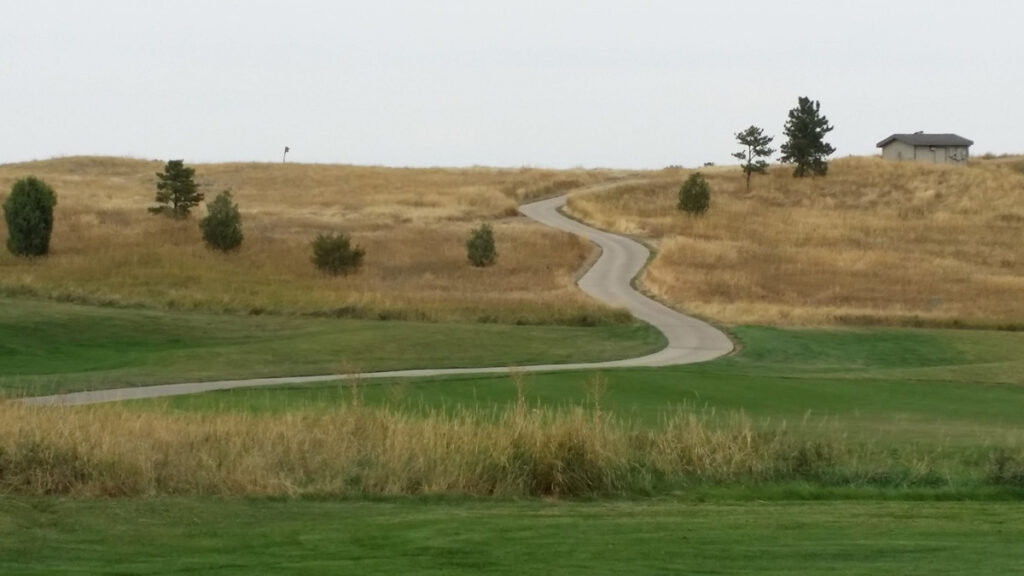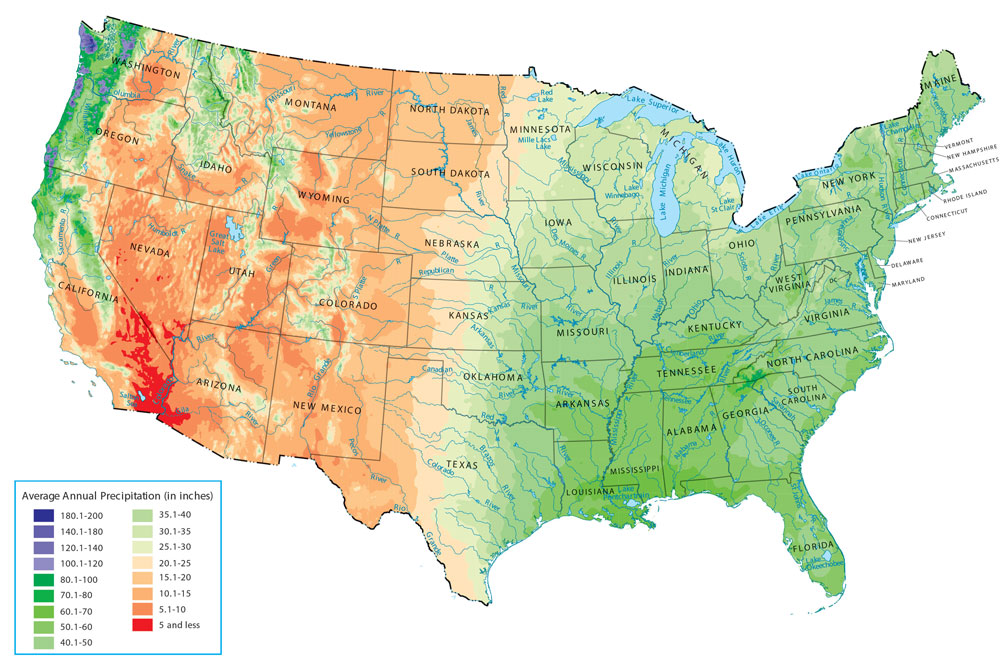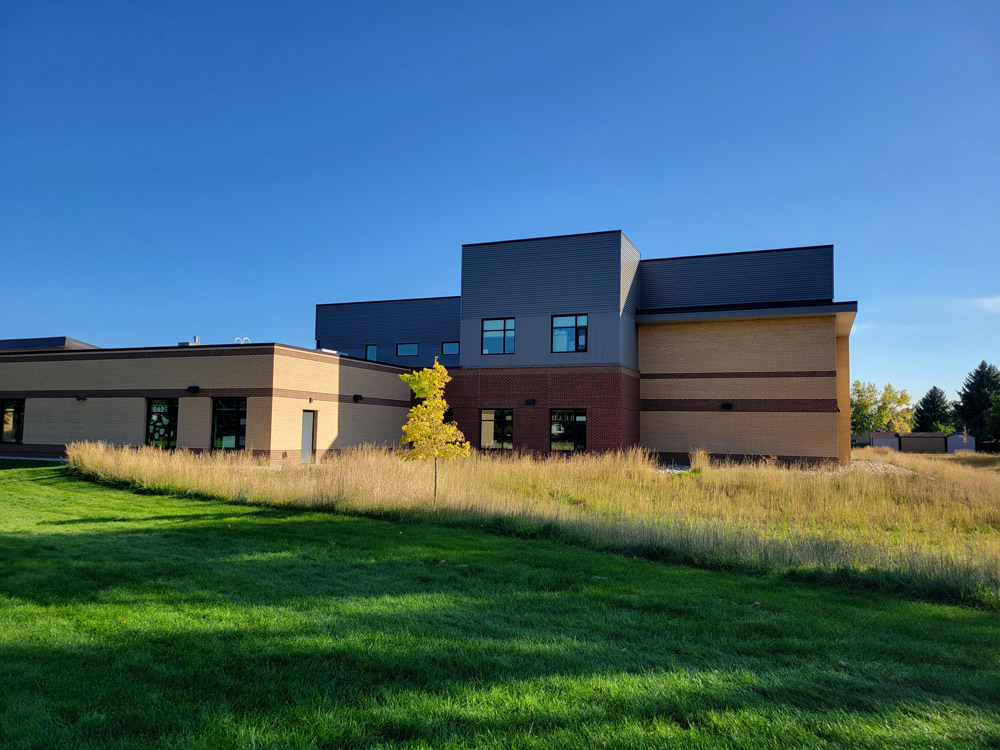Outdoor Design Group is based in Arvada, Colorado – this blog concerns the Great Plains and Western United States. A previous blog post – wonderfully written by Julie O’Brien – traced the origins of the “green carpet”. The ubiquitous American lawn. It’s important to note that the green carpet exists in multiple forms. It’s a literal thing and a cultural construct. Most Americans associate homes with green lawns regardless of the prevailing environmental conditions. The lower 48 of the USA receives between 5” – 120” annual precipitation. Established Kentucky Bluegrass (KBG) requires about 26” of precipitation during the growing season. Our collective perception of the green carpet must incorporate prevailing environmental conditions!

Within the confines of this blog, the term ‘native grass’ refers to grass species found on the Great Plains prior to western settlement; to understand the applicability of native grass, refer to the map below. The eastern half of the United States receives 30 – 70” per year; the western half gets 5-30” (with exceptions in the Pacific NW). Denver sits on the dry half with 15” annual precipitation. Landscape is all about place, and our place is pretty dry. Our native flora have adapted to the prevailing conditions, yet the same cannot be said for the green carpet!

Source: USA Precipitation Map
Sown native grass shines in low-traffic applications. Once established, it needs no supplemental water or fertilizer. It is not soft and fluffy. It needs full sun and doesn’t tolerate heavy foot traffic. If planted in your front yard, there is a high probability that at least one neighbor will vehemently dislike. Yet it’s a solid solution for covering low-use space. After all, you need to do something with any given patch of earth – so weeds don’t run amok. Semi-arid climates such as ours render large-scale KBG nonsensical. It requires excessive irrigation, fertilizer and herbicides, while contributing zero ecological value. Native grass isn’t a silver-bullet; it’s a tool in the toolbox that’s applicable to many areas.
There are myriad factors to consider with native grass. First off, it doesn’t have to be native! Secondly, many species are sold by container. While many viable grass species are endemic to the Great Plains, other well-adapted varieties come from elsewhere in the world. Either way, native grass species have deep roots, grow relatively tall and are not available as rolled sod. They are typically sown by seed, and in some cases installed by plug. It’s difficult to establish and there’s an ongoing maintenance requirement. Ample moisture is required during the first season and an underground sprinkler system is recommended. Temporary (above ground) irrigation can also be used. Weed management is critical. Certain weeds (especially bindweed) must be addressed BEFORE installation! Ongoing weed management will be required! Native grass is not easy. If you’re willing and able, you’ll be rewarded.
There are many cool & warm season grasses to choose from – that differ in terms of height, texture & cold-tolerance. On the shorter side, buffalograss and blue grama are proven options. Taller options include little bluestem, big bluestem, switchgrass, western wheatgrass, sideoats grama & tufted hairgrass – in addition to many more. You might consider several varieties of water-thrifty turf as an alternative to native grass. Options such as Dog Tuff, RTF Tall Fescue & Tahoma 31 Bermudagrass.
This is not an installation guide. Contact your local agricultural extension for more information. Seed suppliers such as Pawnee Buttes and Arkansas Valley Seed are also great resources. Most western residential and commercial landscapes have a place for KBG – the key is scale; not overdoing it. Native grass isn’t for everyone, nor is it perfect for every landscape – yet it’s severely underutilized!

Written by Matthew Whiteman
This is the official blog of Outdoor Design Group, Colorado Landscape Architects. For more information about our business and our services, click here.